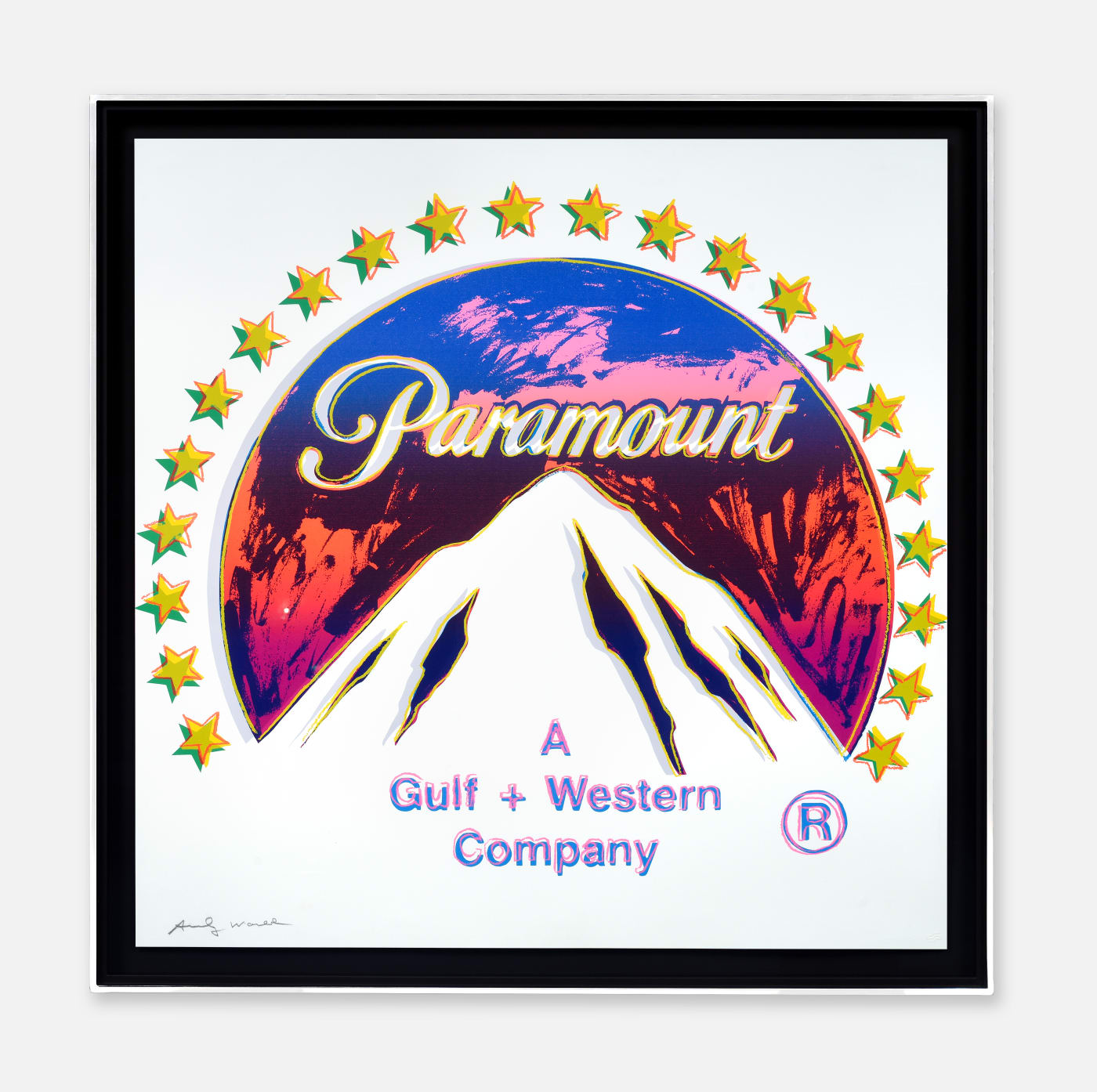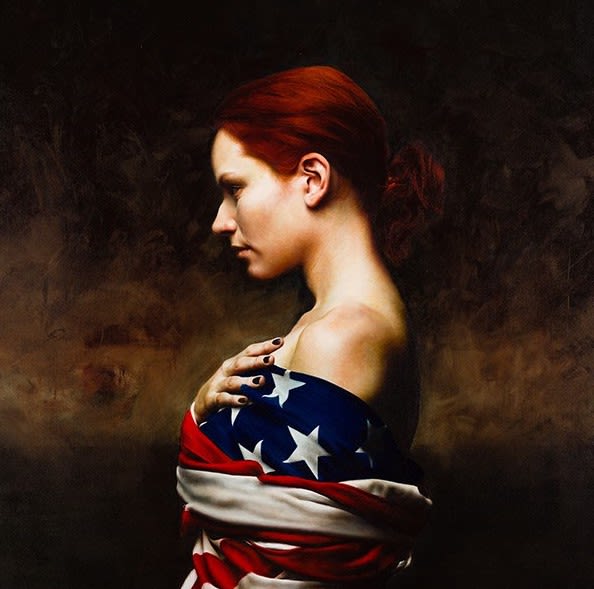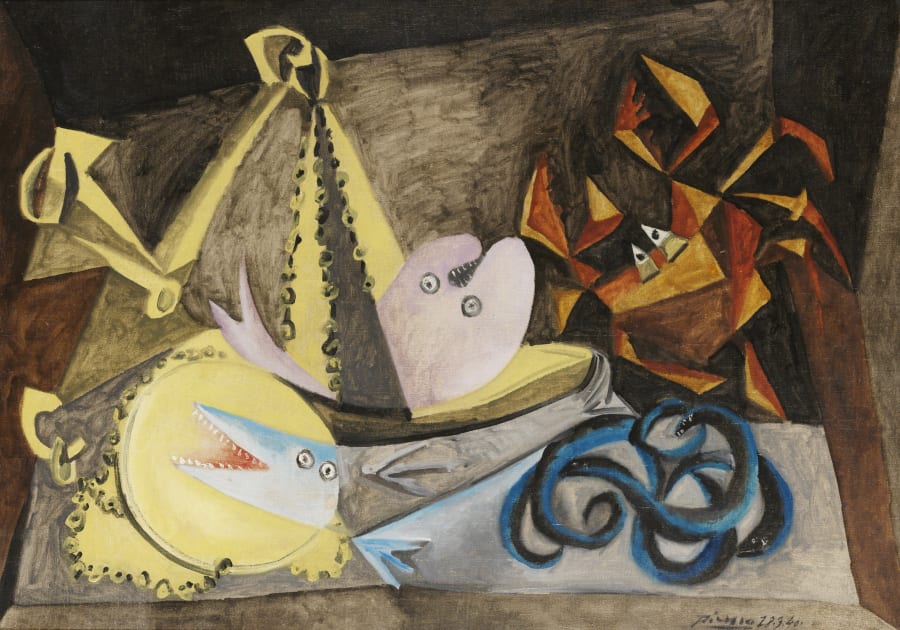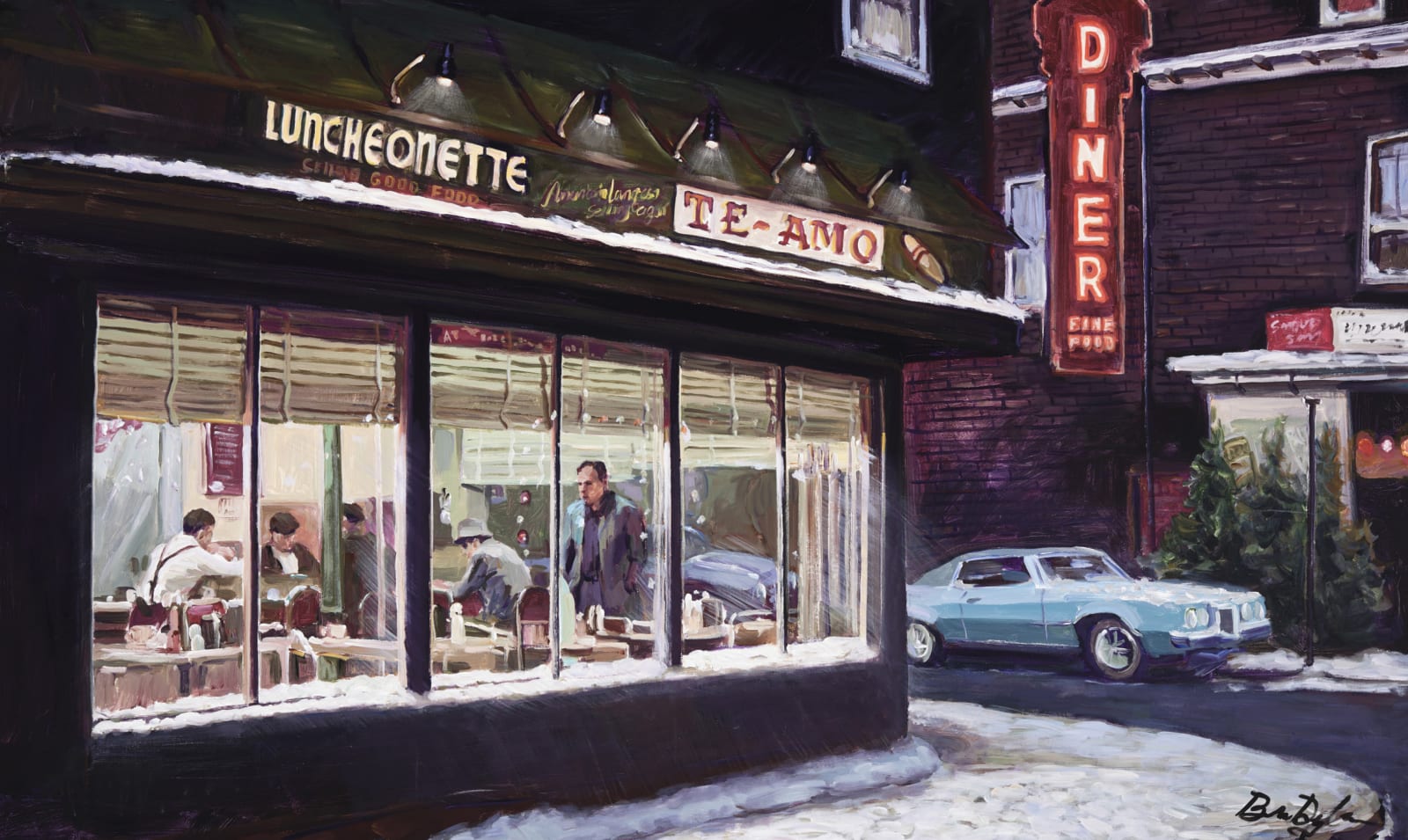

Andy Warhol: Ads Portfolio
Andy Warhol: Ads Portfolio
5 Things to Know
/
Andy Warhol (1928 – 1987) explored the intersection between art and commerce like no other artist in history. Beginning his career as a commercial illustrator, his transition to contemporary art was marked by the depiction of everyday products such as Campbell’s Soup cans, Brillo boxes and Coca-Cola bottles.
Discover 5 Things to Know about Andy Warhol's Ads Portfolio. If you are interested in adding to your collection. Speak to an art consultant now.


































